3 TYPES OF MOST RECOMMENDED MATERIALS FOR A STONE COUNTERTOP IN YOUR HOME

At STA Granite we give you the best recommendations to remodel your home with the best materials that we handle. One of the points on which to decide is the material of the countertop. It is an important decision that must be made based on criteria of functionality, aesthetics, and, above all, durability.
Stone countertop are one of the most used materials for this purpose. This is so because materials such as granite and marble give an elegant touch to the home, although there are also other types such as limestone, quartz, or slate. But the fact is that stone countertops require more careful care than others. Let's look at the main materials. We will mention some material types.
Marble Countertop
This stone is a material that is easy to work with, it also gives a touch of elegance to the kitchen. This stone is heat resistant. However, there are some types of marble that, although they are resistant to high temperatures, can burn, so it is recommended to cover them with protectors.
Marble is a very clean material. But this stone also has its drawbacks, being a natural material it is porous, so it is prone to absorbing oils and fats that can be difficult to remove.
Granite Countertop
Granite is not a material that scratches easily, it is also fire-resistant and very easy to clean, so it does not require much maintenance. This stone provides an air of originality to the kitchen since each stone is unique.
It is a very aesthetic material since you can choose the type of finish you want for your home, be it polished, satin, flamed, aged, or others. In addition, despite its weight and its characteristics, it is an economical material, taking into account the relationship between price and quality.
Quartz countertop
Also known as silestone, it is one of the most resistant materials for kitchen and bathroom cladding. In addition, this is a product that does not require many hours of cleaning. But something that characterizes it is the quality of the finishes in which they exist.

This material offers more homogeneous colors and patterns, making it ideal for combining with any element in the home that is decorative. They have great resistance to abrasive chemicals. This stone also does not stain easily and is also antibacterial.
Call us
Call us to schedule an in home consultation
From: 8:30 AM to 4:30 PM- Monday to Friday
For the Fabrication Facility please call:
(737) 330-9488
MORE PROJECTS
-
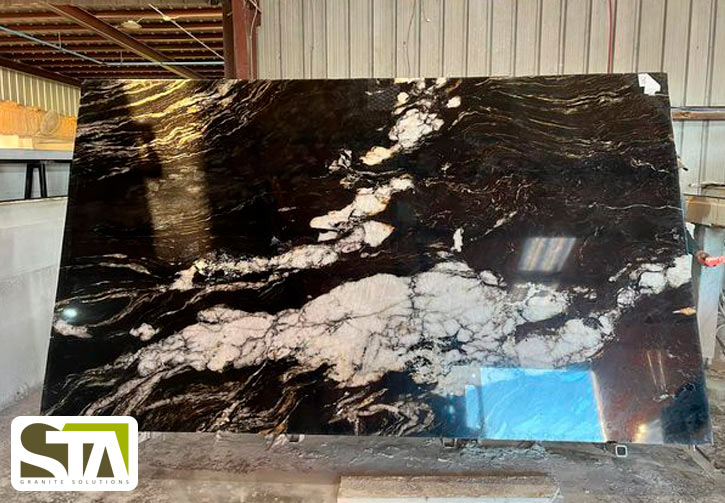 At STA Granite we transform your home, our goal is to remodel your kitchen or bathroom
At STA Granite we transform your home, our goal is to remodel your kitchen or bathroom
-
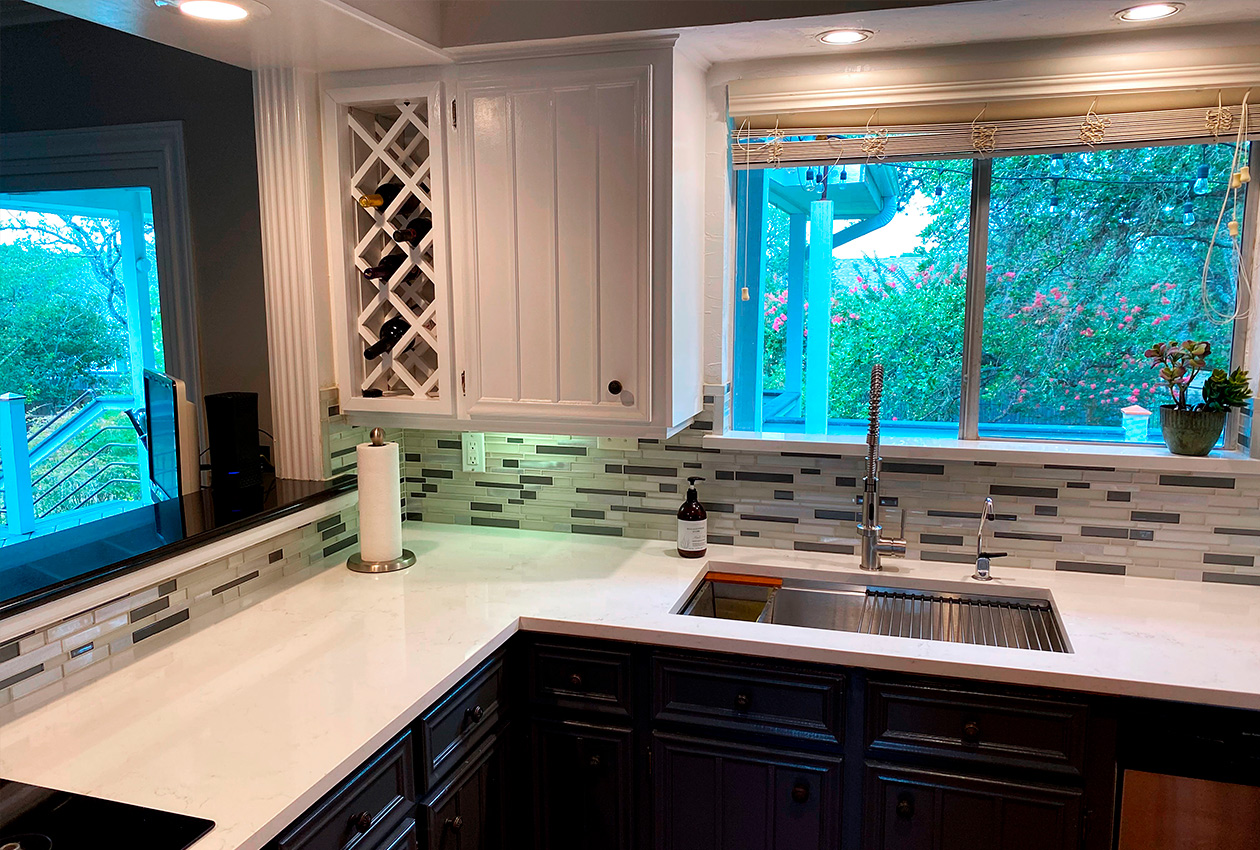 Misterio Quartz is one of the most popular Marble and Granite Quartz stone.
Misterio Quartz is one of the most popular Marble and Granite Quartz stone.
- 1
- 2
MAGAZINE
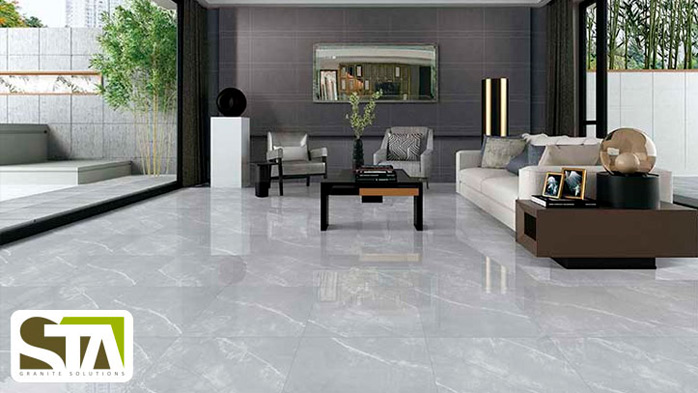
PORCELAIN FOR YOUR HOME, TILES
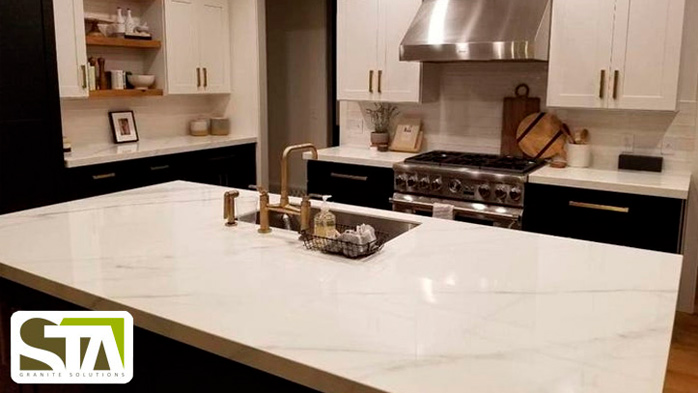
PORCELAIN FOR YOUR HOME, COUNTERTOPS FOR YOUR KITCHEN
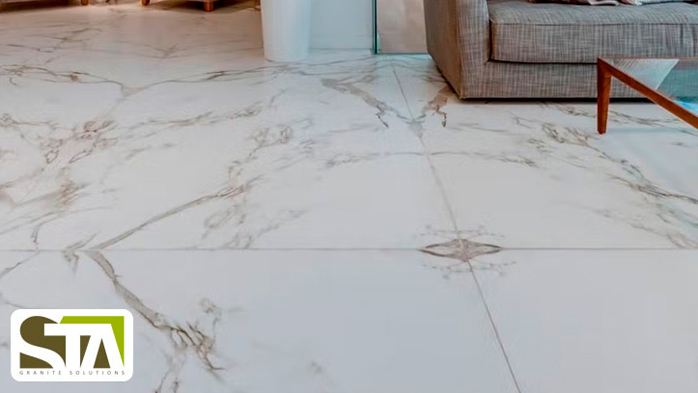
DEKTON FOR YOUR HOME, FLOORS, AND PAVEMENTS
- 1
- 2
- 3
- 4
- 5
- 6
- 7
- 8
- 9
- 10
- 11
- 12
- 13
- 14
- 15
- 16
- 17
- 18
- 19
- 20
- 21
- 22
- 23
- 24
- 25
- 26
- 27
- 28
- 29
- 30
- 31
- 32
- 33
- 34


